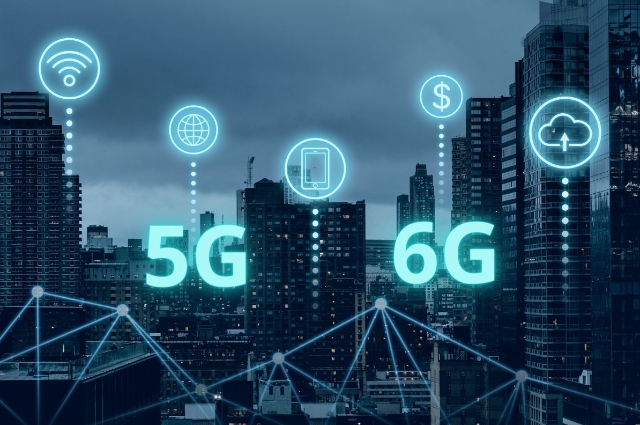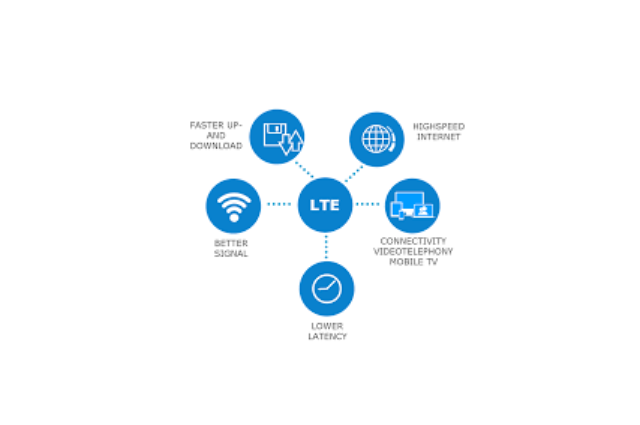
Wireless technology is dynamic and always changing, and it has evolved dramatically since the invention of the first technologies in the wake of the discovery of radio waves in the 1880s. Some of the most major developments have only recently occurred, and the wireless network industry is primed to undergo even more substantial changes in the near future. There will undoubtedly be more progress.
The wireless industry is showing no signs of slowing down in terms of innovation. Wireless communication is rapidly displacing wired communication and will continue to grow in the future. Wireless and mobile device traffic accounted for two-thirds of all IP traffic in 2020 alone.

Wireless networking is likely to be redefined by a set of new technologies. The future of wireless connection throughout the world is evolving, and we shall see the new wireless network technology that will drive these developments. As a result, how businesses create apps, manage data, distribute computer resources, and even deploy robots and manufacturing floor equipment, might all transform.
Some of the new wireless technology we'll see in the future years will be improvements to existing technologies, while others will be totally new networking techniques.
5G and 6G
5G is the next generation of wireless connection, and it’s already here albeit in limited force. Telecommunication firms have begun to introduce their 5G networks, which are expected to be completely operational over the next five years. This new generation of wireless technology is intended to provide faster speeds, lower latency, and the capacity to connect more devices than prior generations of networks.

One Gigabit per second (Gbps) is projected to be the standard, while speeds of up to 10 Gbps are possible. There will be two types of frequencies used in 5G. Low-frequency 5G will utilise current Wi-Fi and cellular bands, with bigger channel widths and more flexible encoding. Other forms of 5G will operate at frequencies between 28 and 39 gigahertz (GHz), which aren’t currently used.
Companies like Bharti Airtel and Reliance Jio are hard at work developing 5G networks and conducting tests and trials. Airtel was the first telecom provider to demonstrate 5G on a live commercial network in Hyderabad, while Jio is doing testing in Mumbai using locally developed technology. In May, the Department of Telecommunications allotted 700 megahertz (MHz), 3.2-3.6 gigahertz (GHz), and 24.25-28.5 GHz of 5G trial spectrum to Airtel, Jio, and Vodafone-Idea, accordingly, to build India-specific use-cases, which would be held for auctions this year.
Despite the fact that 5G is still in its early stages, the industry is already planning for the next generation of technology, 6G. The 6G network would use frequencies ranging from 100 GHz to 1 terahertz (THz) and will provide speeds of up to 100 Gbps with extremely low latency. According to the researchers, 6G will be capable of supporting hundreds, if not thousands, of simultaneous connections. 6G technology might be commercially available in 10 years, demonstrating how rapidly wireless technology advances.

Advancements in LTE
LTE (Long Term Evolution) is a high-speed wireless communication technology that paves the way for true 4G speeds. LTE is now part of the 4G LTE system, along with LTE Advanced (LTE-A) and LTE-A Pro. These technologies aid in meeting capacity demands while also increasing speed. They'll also act as a bridge to 5G, bringing speeds closer to those possible with the fifth generation of wireless communication technology. LTE technologies will fill in the gaps where 5G coverage isn't currently available when 5G begins to roll out.
LTE-U, or Long-Term Evolution in Unlicensed Spectrum, is another advancement in the realm of LTE. LTE-U is a wireless communication technology that makes use of unlicensed spectrum to alleviate some of the strain on carriers' networks. Within certain parameters, anybody can use these unlicensed parts.
Li-Fi
Li-Fi, which is similar to Wi-Fi but sends data using visible light waves rather than radio waves, is another interesting future wireless technology. Using Li-Fi would be beneficial for a variety of reasons. It boosts both speed and security. It has achieved speeds of 224 Gbps in lab tests. It reached 1 Gigabyte per second in a field test in Estonia (Gbps).

The current research focuses on data transmission using LEDs. Every LED lightbulb may effectively become a wireless network if Li-Fi technology is used. The LEDs can be switched on and off at such a fast rate that the changes are undetectable to the human eye. The LEDs transmit data via flashing. They would flash in a manner like Morse code, consisting of ones and zeros. Another advantage of Li-Fi is that it may be compatible with existing technology and infrastructure.
An Ahmedabad firm has powered up two villages with high-speed internet using LiFi-based technology as the first step toward building smart villages in Gujarat. The villages of Akrund and Navanagar in Gujarat's Aravalli district have become India's first smart villages with LiFi-based internet access. Through existing electrical connections, schools, hospitals, post offices, and government offices in these two communities will be able to receive a quicker and safer internet connection. The opportunities and possibilities paved by Li-Fi technology are endless.
Our future will be powered by these emerging wireless technologies. Without a doubt, communications technologies play an important role in our lives now, and these new technologies will provide new and enhanced capabilities, making them even more of a part of our daily lives. They will aid both developing and developed countries in improving their economies and living standards. New wireless technologies may be able to enable individuals who do not currently have Internet connection gain access. New wireless network technology in developed countries will make data transmission quicker, more reliable and secure.
. . .
References:
